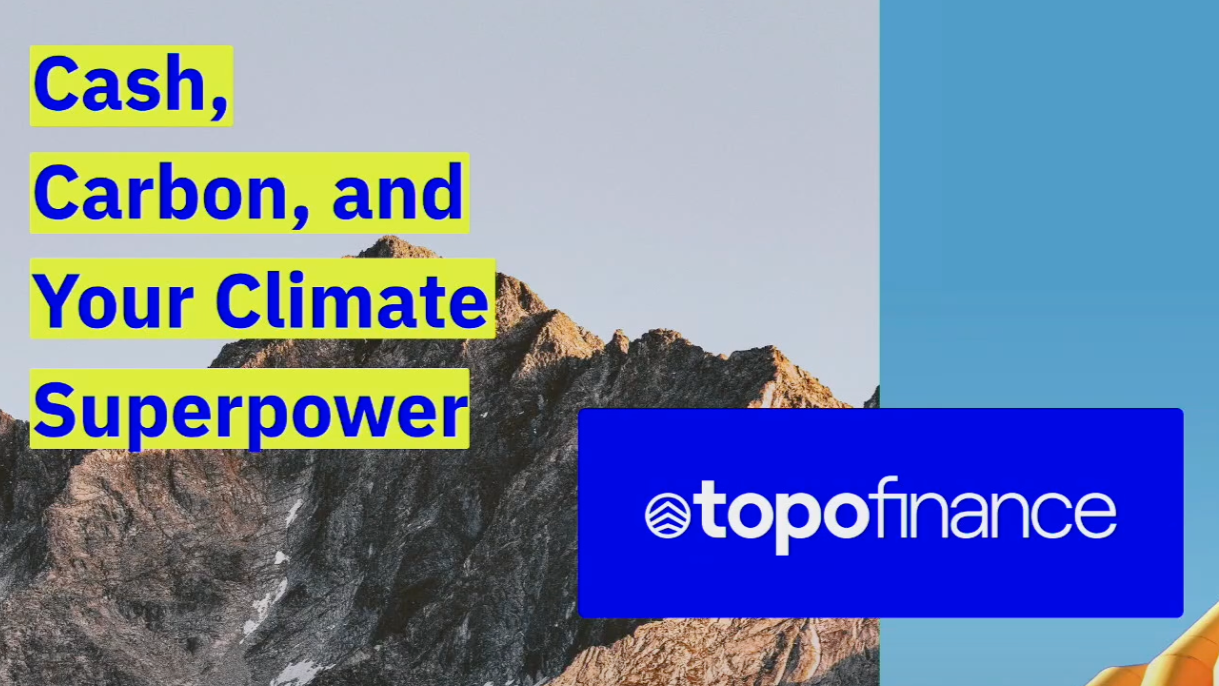One of the biggest – and most overlooked – climate solutions is right in front of us: what we do with our money.
“The greatest innovation needed to fight climate change isn’t a new electric vehicle or advanced carbon capture—it’s restructuring the way we move and manage money.”
That’s Paul Moinester , the founder and Executive Director of Topo Finance, speaking at the the Mountain Towns 2030 conference in Jackson, Wyoming, where he highlighted the untapped potential of financial systems to drive climate action and emphasized how personal, municipal, and corporate banking decisions significantly impact global emissions.

Financial institutions direct substantial resources into carbon-intensive industries and the fossil fuel industry, inadvertently exacerbating climate problems. Redirecting these flows could spark unprecedented progress toward net-zero targets.
Since the Paris Agreement, Moinester said, the 60 largest banks have funneled over $6.9 trillion into such initiatives.
“Where you bank matters,” he said. “For every $10,000 deposited in a traditional big bank, you’re indirectly contributing 2.9 metric tons of CO₂ annually. That’s more than taking a flight or switching to a vegan diet.”
He also called out corporations for perpetuating emissions through their banking practices, even among environmentally conscious companies.
“Apple’s banking emissions are larger than all of its operational emissions combined,” he explained. “This isn’t a technology problem—it’s a financial alignment problem.”
Paul also painted a stark picture of the funding gap for climate investment: it’s estimated that we need to invest $215 trillion by 2050 to achieve global net-zero goals, yet only $1.8 trillion is invested annually, as of 2023, according to Bloomberg.
“We need to not only think bigger but act smarter. The way our financial systems currently operate is like trying to put out a wildfire with a garden hose.”
Moinester called for greater transparency, urging attendees to demand clarity about how banks use their deposits. He also offered practical steps for individuals, corporations, and municipalities to decarbonize their finances.
For individuals:
- Switch to Green Banks: Move funds to climate-conscious banks like Amalgamated Bank or Climate First Bank.
- Measure Your Impact: Use tools like Topo Finance’s Where You Bank Matters Calculator to understand the emissions linked to your current bank.
“Your money doesn’t just sit in a vault—it’s actively shaping the world,” he said. “Make sure it’s shaping the future you want to see.”
For corporations:
- Align Treasury Practices: Work with treasury teams to ensure banking decisions reflect sustainability goals.
- Advocate for Green Products: Demand financial products like green bonds or climate-friendly loans.
As it relates to municipalities, Moinester introduced a pilot program from Topo Finance aimed at helping mountain towns decarbonize their finances, which includes:
- Crafting roadmaps for sustainable banking
- Engaging local banks to develop green financial products
- Designing municipal green bonds to fund renewable energy projects
“Mountain towns have the opportunity to lead by example, showing how even small communities can drive big financial change.”
Moinester emphasized the importance of creating demand signals through individual and collective action.
“When enough people and businesses align their banking choices with climate goals, banks will follow,” he said. “We’ve seen this with the rise of ESG investing—now we need the same momentum in everyday banking.”
Transparency, he argued, is key. “We can’t fix what we can’t see. Banks need to show us where our money is going.”
Moinester offered an optimistic call to action: “Imagine a world where every dollar works for the planet,” he suggested. “That’s the world we can create by rethinking our financial systems.”
For more information and tools, visit Topo Finance.
See full seminar here from the Mountain Towns 2030 Summit:

